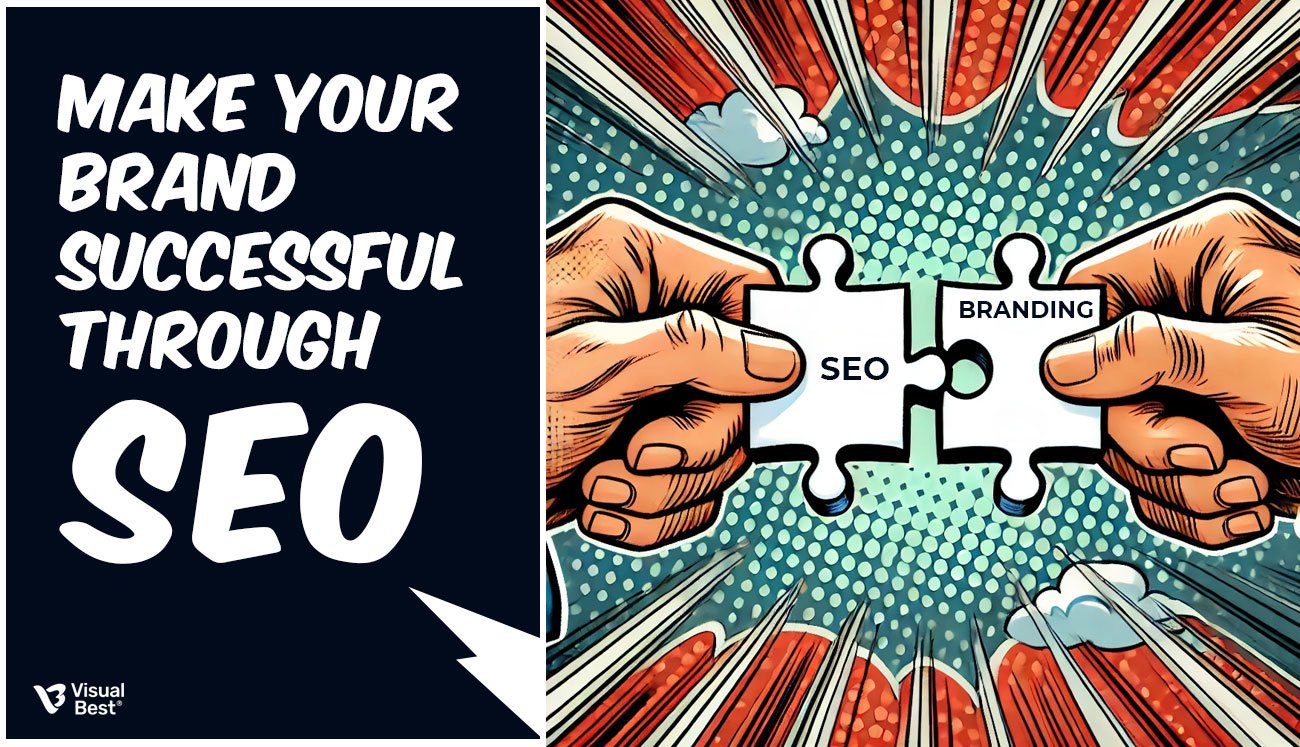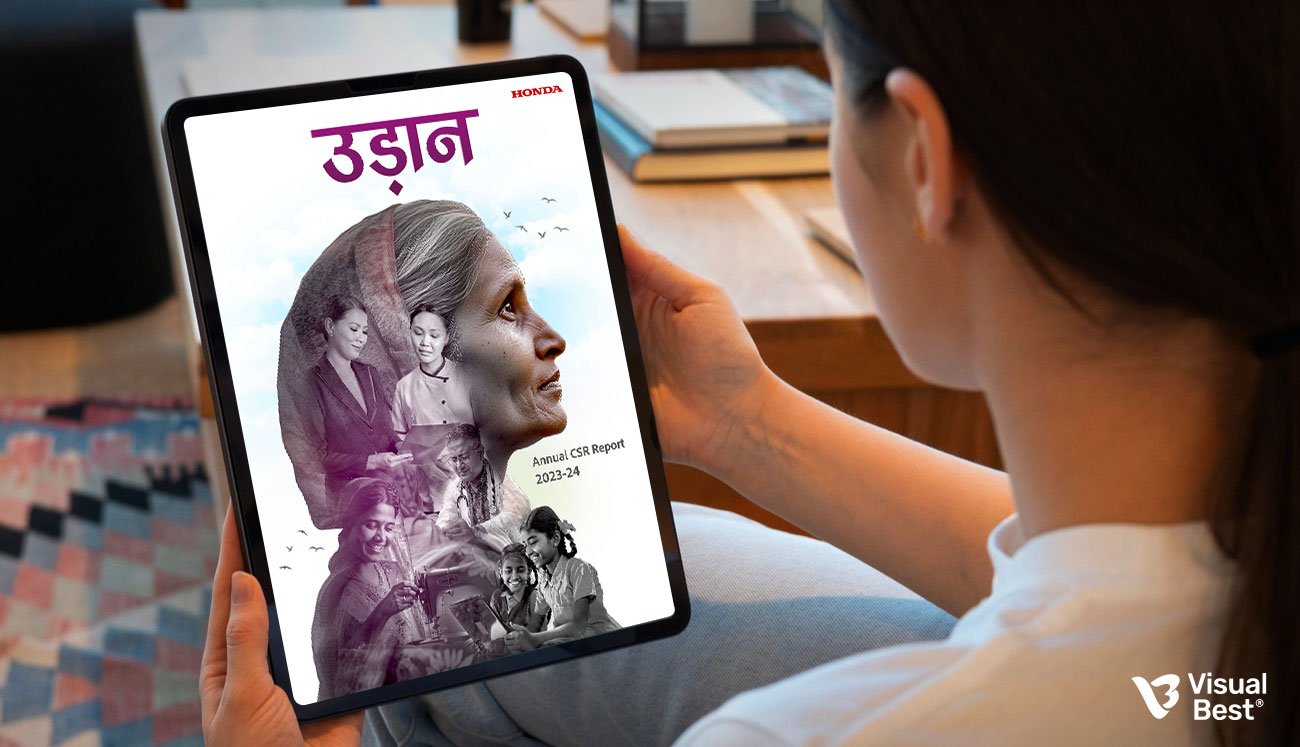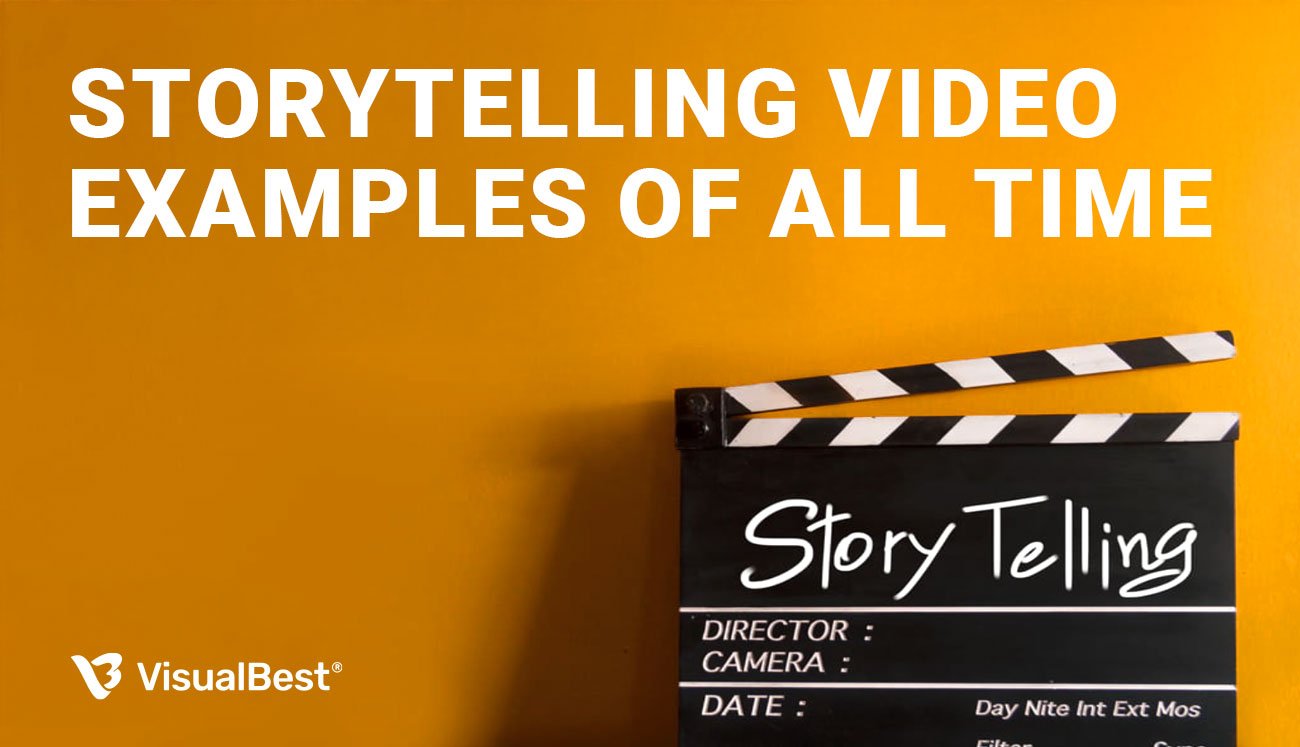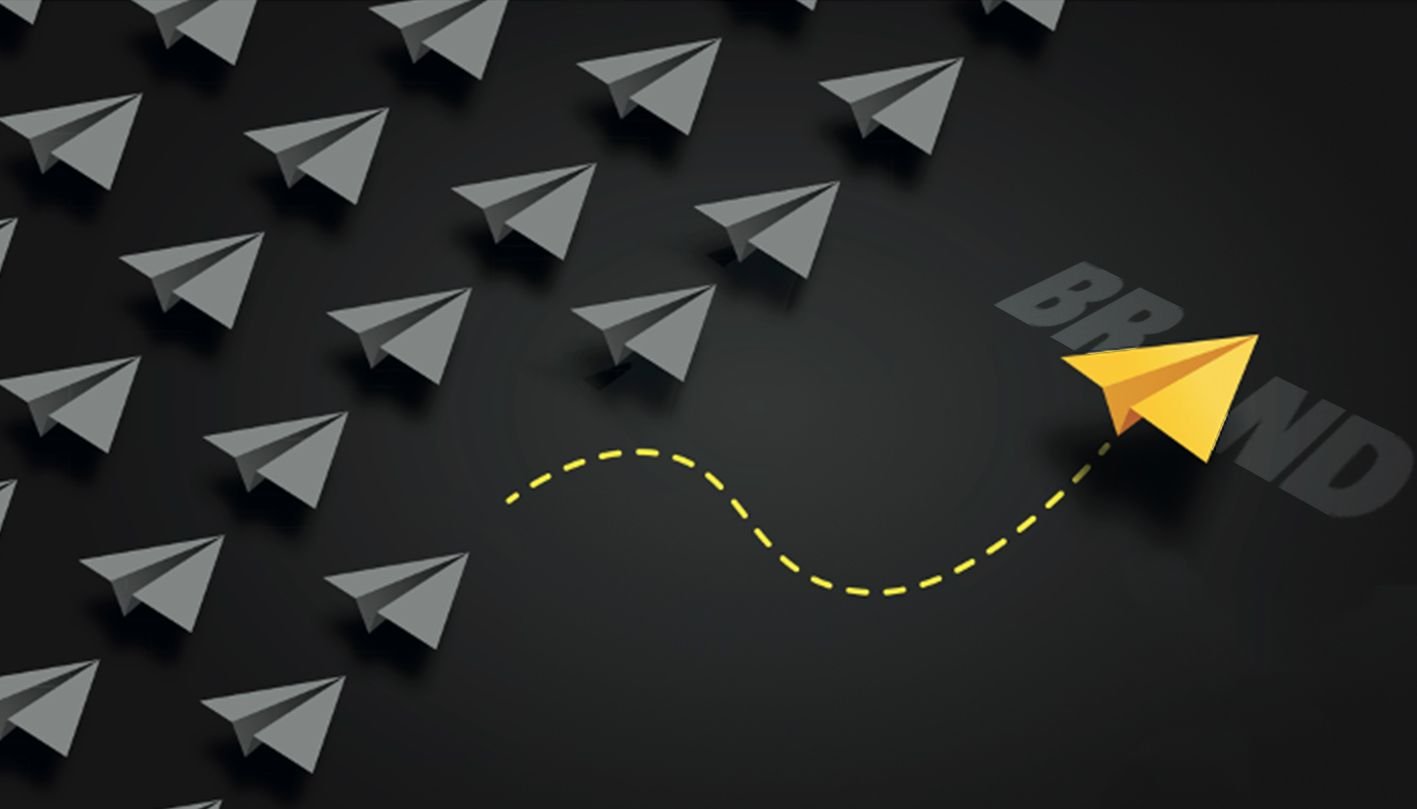How Good Website Design Impacts SEO And Conversions

Let’s say you are looking for a product online, clicked the first result, and are taken to a website that appears to have been last updated in 2005. What you found there is – The text overlaps the images, navigation is confusing, and it takes forever to load. Most users quickly switch to the back button following the page’s load.
On the other hand, Imagine a smooth site that happens to be mobile-ready and fast and provides all your requirements during brief moments. Such a design approach represents both effective aesthetics and strong business sense. The visual design enhances website performance as it works toward improving SEO while converting visitors into customers.
A site’s ranking with search engines depends on its design while users interact with it in direct proportion to the quality of design choices. Investing in SEO website design allows your visual attractiveness to combine perfectly with strategic functionality. The algorithms from Google show preference toward sites that have fast loading speeds for mobile devices and simple navigation systems. According to fleexy, demonstrates that any delay of one-second results in a 7% decrease in user conversions.

Your website delivers an integrated performance when you base it on user needs and search engine optimization because the content is easier to find and the design guides user activities while visual components add value instead of creating disturbances. Designing a website for the digital marketplace allows you to demonstrate your uniqueness and improve user trust and retention which strengthens SEO results and conversion statistics.
Understanding the Relationship Between Website Design and SEO
Does website design affect SEO? Absolutely. Search engines use your website layout alongside responsiveness structure and speed to determine your content ranking position during crawling. A well-designed site ensures:
- The combination of a correctly organized site structure and proper internal links allows search engine bots to move through the site effectively while finding its most relevant content.
- The combination of appropriate heading tags starting with H1 followed by H2 then H3 and more helps search bots and users to understand content organization. Thus proper hierarchy aids both types of users to understand the structure.
- Search engine optimization improves through clean coding practices alongside schema markup that enriches search engine indexing results and increases visibility in search features including rich snippets.
- A website can achieve quick page loads for all devices through media optimization as well as minimized server requests and simplified program code. The speed of your website delivers benefits for SEO performance while simultaneously creating better user satisfaction experiences which reduce site bounce rates.
- The ranking factor status of mobile optimization remains crucial for sites since Google now bases its index primarily on mobile visitors. The platform uses responsive design principles to maintain smooth operations among smartphone tablet and desktop platforms which prevents users from disengaging due to device differences.
Your site becomes easier for Google bots to crawl due to a design that reacts well to SEO requests. Google processes pages for indexing more rapidly and ranks them based on their performance and relevance through this process. Search engines along with users lose their ability to understand your content because confusing designs with poor navigation and non-mobile responsiveness lead them to leave without taking any action. The influence website layout has on search engine optimization practices remains universally established.
The content structure stands as an essential element when designing an SEO-friendly website. Design elements should incorporate Heading tags (H1, H2, H3) together with schema markup along with keywords integrated through title tags and meta descriptions. The implemented elements help users find your site more easily, receive better interaction, and better navigate through your content. A well-structured application of schema.org data enables search engines to deliver advanced features including feature snippets, user-generated rating elements, and often-provided FAQs.
Elements as basic as font size along with line height and text spacing determine both user duration and content comprehension on your website. The purpose of thoughtful website design includes improving readability to direct users smoothly through content. The signals send valuable information to search engines which leads to enhanced Search Engine Results Page (SERP) performance.
According to Backlinko’s research, there exists a direct relation between user engagement indicators such as dwell time and bounce rate and search rankings. Design affects user experiences through three main variables: attractive sites with easy navigation maintain responsive functionality to keep users on the platform longer.
What Are The Key Design Elements That Boost SEO
A design reaches its peak when it serves its intended purpose beyond visual appeal. Using strategic design approaches will notably improve your search engine discoverability. Here are some critical elements:
- Clear Navigation: The site maintains an intuitive menu combined with a clear hierarchical organization that allows search engine robots and visitors to easily reach all content pages. The use of breadcrumb navigation improves understanding for your users.
- Responsive Design: The main trend of today’s internet depends on mobile platforms as the primary usage preference. The evaluation process performed by Google focuses on your mobile version website. Together with responsive principles websites maintain one standardized experience for users regardless of what device they use.
- Fast Load Times: The implementation of image compression together with browser caching and minimized CSS/JS files works best with CDN services for fast page loading. Your website’s speed directly impacts both page ranking performance as well as visitor conversion success. Research by Google/SOASTA demonstrates that any 2-second delay in page loading leads to bounce rates reaching above 30%.
- SEO-Friendly URLs: Web addresses that improve SEO should contain brief descriptions using relevant keywords. Single out unnecessary parameters and organize the structure to remain easy to read and direct.
- Accessibility Compliance: Users with disabilities must have full accessibility through alt attributes in images and proper contrast levels in addition to complete keyboard operability. Sites that are accessible above all meet legal obligations but simultaneously create easier-to-use interfaces while extending their audience reach.
- Optimized Media: The images and videos should undergo proper compression and must include all necessary metadata for optimized media. Lazy loading technology delays image and video loads until users need them to achieve better site speed together with improved navigation.
- Internal Linking: When website users find relevant content through a structured system of internal links it provides SEO advantages while retaining their prolonged visit time.
According to Stanford’s Web Credibility Study, first impressions of websites are connected primarily to design factors and reach 94% of users. Well-designed initial pages create trust immediately yet one inadequate design can destroy trust during the first few seconds. The awareness of website design and SEO becomes clear through this observation.
How Website Design Directly Impacts Conversion Rates
Web design serves both SEO optimization purposes and conversion optimization needs. The website design takes over user engagement from the first point of contact until it starts converting them toward desired actions. The implementation of strategic design supports conversion by:
- Visual Hierarchy: It describes the method design elements are arranged to direct viewer attention. Strategic management of visual contrast combined with different font sizes and colors and element placements directs users to directly engage with CTAs and essential messaging components. Design elements that emphasize primary CTAs use larger fonts combined with bold colors that match other less essential content through reduced emphasis.
- Color Psychology: Psychological color effects generate user emotional response patterns that lead to behavioral changes. The powerful color red drives quick actions from users whereas blue signals establish trust and reliability to them. Your brand recognition and emotional connection increase when you adopt an identity-based color palette that unifies your design visuals. Several types of well-differentiated buttons along with links help interactive components detect easier engagement and visibility.
- Whitespace and Layout: The design employs negative space successfully through the proper use of whitespace and layout. Users who see a well-organized design with plain colors can adopt information quickly because their minds require less effort to manage everything. Element spacing which maintains sufficient distance between content makes the information easy for users to understand and make their decisions through clear sequence. This strategic arrangement distributes content blocks together with headings and images throughout an interface which then organizes a smooth progression through user journeys.
- Trust Elements: Users show hesitation toward digital connections throughout the modern digital age because they need confirmation regarding financial or personal data handling. Building credibility is essential. Adding elements such as testimonials with client logos and SSL certificates along with money-back guarantees third-party reviews and trust badges will establish authentic reliability. Users feel more confident due to these elements which decreases anxiety about online transactions.
- Optimized Forms: The process of form completion usually occurs directly before conversion. Short logical forms that provide an easy user experience lead to a greater completion rate. The form should contain fewer mandatory fields with instant validation updates for an easy mobile-friendly completion process. The process of guiding users through staged form completion results in a substantial increase in conversion rates.
- Mobile Checkout Design: The checkout process needs optimization for mobile users in the e-commerce sector. Provide simplified navigation routes and minimize step count together with guest checkout features and securely display payment options. Security seals along with refund policies should be highlighted and your form fields must have large touch-friendly selection options for a smooth user experience.
- Interactive Elements: A more responsive interface results from interactive elements such as hover effects together with loading indicators transitions and animations. The website achieves modern functionality while providing user feedback through these micro-interactions which explain user actions during interfaces. Progress indicators that show step progression throughout multi-step checkouts create a calming experience and better user satisfaction rates.
According to Sweor, 88% of online consumers are less likely to return to a site after a bad experience. The design you create impacts both initial visitor perception and how customers view your brand over time which subsequently affects their future business relationship with your company. A conversion-optimized website design becomes essential because of its critical importance.

The user experience analytics provided by Crazy Egg enables website redesign optimization which leads to higher conversion rates. Ongoing A/B testing enables designers to optimize UI components as well as CTAs and content organization until they achieve the maximum possible influence.
Case Studies & Real-World Examples Showcasing How Website design Boost SEO & Conversions
Case Study 1: SaaS Business Redesign
The SaaS company which was experiencing rapid growth faced problems because its outdated and disorganized web design caused users to disengage and hurt its natural search engine performance. The leadership team started an extensive makeover that addressed performance needs in addition to SEO requirements.
Key Changes Implemented:
- A strategic realignment of both code and image compression and server requests reduced homepage loading time from 4.5 seconds to 1.8 seconds.
- Our mobile-first strategy improved device-based usability together with accessibility for all users.
- The implementation of structured product data schemas together with review schema enabled better search engine result page features.
- Reorganized the entire site structure to map more logically with user journeys and searcher intent, improving both UX and crawlability.
Results Achieved: - Better speed combined with advanced content indexing enabled the website to draw 32% more organic search visitors over two months.
- Lead conversions experienced a 45% increase through better CTAs combined with simplified design navigation.
- User engagement improved substantially based on the reduction of the bounce rate by 28%.
- The website gained higher keyword rankings when looking at key service pages and specific search terms.
- Resultant demo sign-ups experienced a 37% increase throughout the first quarter following the website redesign.
The case demonstrates how premium user experiences developed alongside optimization for SEO produce significant improvements in essential business performance metrics. The link between successful website design and SEO performance serves as an excellent demonstration.
Case Study 2: E-Commerce Overhaul
A well-established e-retailer operating online decided to reach new mobile-focused shoppers and improve the way shoppers behave on their site. The brand conducted a UX-centered transformation where visual presentation and smart product finding played crucial roles in the redesign.
Design & SEO Enhancements:
- The system includes sharp high-resolution product images that provide customers with enhanced visual product presentation through zoom functions.
- The website received a new navigation structure alongside pages that optimized different categories through relevant keywords alongside metadata.
- The implementation of artificial intelligence tools delivered personalized recommendations as well as real-time feedback and predictive search capabilities to customers.
Results Post-Launch:
- Users purchased through their mobile devices at a rate of 50% higher due to the convenience and visual appeal of the shopping platform.
- A better personalized experience alongside a more intuitive design resulted in a 40% improvement in customer website revisit rates.
- Completing a shopping cart became 60% more likely when customers experienced a straightforward checkout process.
- Mobile revenue achieved its first position ahead of desktop revenue in the company’s recorded history.
- The elimination of 25% of cart abandonments showed customers had increased confidence and met smoother checkout processes.
The actual website examples prove websites that excel achieve their success through planned SEO integration with purposeful design rather than random occurrence. The outcomes? More traffic, more conversions, and greater customer satisfaction. The cases demonstrate the strong capabilities that come from what is SEO website design.
How Visual Best Helps with Effective Website Design & SEO Branding Strategies
Visual Best offers complete digital agency services that unify expertise from design thinking, brand strategy, and technical SEO. Their distinct process makes your website achieve maximum visibility while remaining usable and goal-driving for profits.
- Holistic SEO Audits: Visual Best conducts comprehensive audits covering technical SEO issues, site speed, mobile usability, content structure, and UX/UI alignment. Understanding the existing obstacles becomes possible through assessment which subsequently identifies how these blocks affect visibility and performance.
- Custom Responsive Designs: Structures for every website project are created from scratch based on specific market positions and a brand’s personality. Their mobile-first strategy produces flexible designs that enhance both device compatibility and user relationship and accessibility.
- On-Page Optimization: To optimize search engine performance the team implements meticulous optimization of title tags and meta descriptions as well as keyword placement header hierarchy schema markups image alt text and site speed optimization for every web page.
- Conversion-Driven Wireframes: The development process uses conversion-focused wireframes that combine UX research behavioral science and design data to create layouts that deliver users toward intended conversion points.
- Continuous Monitoring & Optimization: Real-time analytics combined with A/B testing and heatmap analysis enables Visual Best to conduct continuous optimization and performance monitoring through their system. The site continuously improves because it integrates careful market trend observations alongside user behavior research.
The combined methods result in user engagement enhancement alongside better SEO positions and a greater return on investment for clients.
Read More: How to Make Your Brand Successful Through SEO in 2025
Conclusion
Online design shapes how users discover content through search engines at the same level that it shapes how users complete desired actions on your website. Sites that appear lovely yet no one discovers them serve no purpose and websites with excellent rankings consistently lose users and achieve the same ineffective outcome. Your site becomes the centerpiece of your marketing strategy when visuals align perfectly with effectiveness.
Online success requires websites that excel in drawing visitors to your site and successfully guiding them to conversion goals. Your website operates as an around-the-clock seller of products or services. A well-designed page needs to create an immediate impact while providing instant responses to customer questions and guiding toward important steps. This is the essence of what SEO website design is.
Evaluate your digital presence holistically. The foundation for an online business’s success consists of a website that responds well to different screens with fast loading times with mobile optimization as a top priority. Strategic optimization must be applied to headings, URLs, and metadata for maximum visibility and relevance. The design structure needs to lead users automatically toward vital CTAs which include buying products, signing up for subscriptions, or requesting product demonstrations. The usage of properly structured data and accessibility standards leads to better discoverability together with improved inclusivity. Your website needs to showcase your brand identity correctly while delivering your special value proposition to customers through all stages of interaction. The value of website design impacts on SEO is undeniable.
You need to perform a strategic website redesign focused on conversion optimization when any response is negative to these questions. Your design should perform all necessary actions to build a site that ranks well while engaging visitors to convert them. You should team up with specialists from Visual Best to unite your brand narrative with digital success since this will enable your website design to work exactly as your SEO implements do.
 +91 96504 08093
+91 96504 08093














